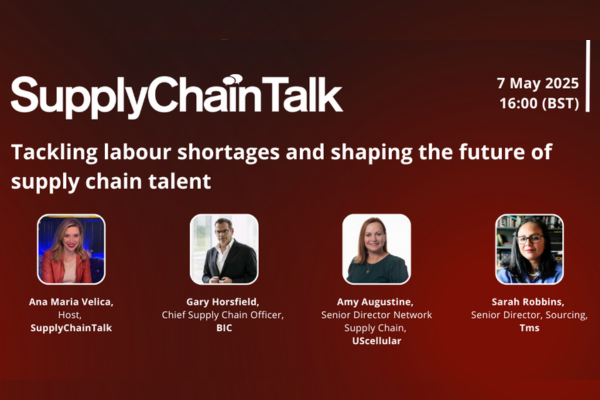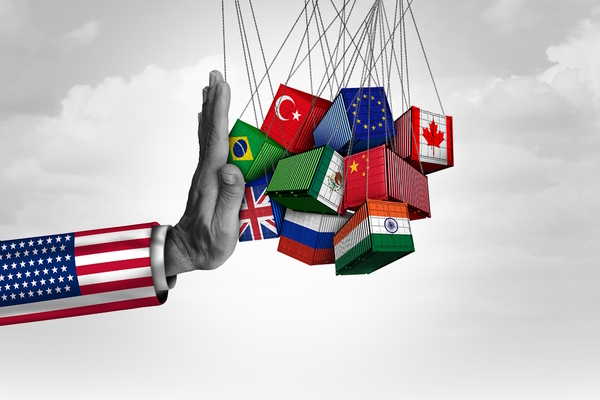Building generational diversity

Supporting different life stages in the workforce is not for the faint-hearted, explains Adelle Desouza at HireHigher: retention and attraction need to be considered simultaneously
The modern workforce is made up of so many different life stages. We all know the throwaway names for some of them: baby boomers, Generation X, Generation Y, and Gen Z, with the media often writing negatively about generational differences. The reality for businesses is that they can now have a company made up of those aged between 16 and 75. The older figure can sound surprising, but data released just last year saw a 61% rise in those over 70 who are still in work compared to 2012.
With so much emphasis on recruitment, often at the younger end of the scale, are businesses taking hold of the attraction and retention requirements to truly embrace all the different backgrounds, educations, and life stages in organisations?
A global survey found that age discrimination is one of the most dominant forms of discrimination. More people report it than any other type of discrimination. And yet, 91% of people over 50 still want to progress their careers.
Generational diversity is not just the era in which you were born but covers much more. It’s also about age, education, and work in broader life, work environments, and working style, including leadership and management styles, and unique retention strategies. Understanding these differences, as well as the causes, often guided by society, war, economic peaks and troughs, pandemics, and the role of technology, puts the C suite in a much more informed situation.
It would be remiss to assume that expectations do not change across the generations; what baby boomers learned at school is very different from Gen Y and Z. Social norms and expectations have changed considerably and being flexible, agile, and open to change is vital for all employees whatever their life stage. Building programmes, as well as policies that can support the workforce in full, is hard work, but there are three key things that I believe can help:
1. Mentoring to help bridge the gap
It’s important to provide opportunities for all employees to learn and grow. This can include formal training programmes, workshops, and mentorship schemes. Take, for example, GC Index’s approach where they look at a person’s ‘energies for impact’ and are helping organisations identify employees’ different proclivities and building teams that enable everyone to be impactful. They use terminology that empowers each individual and helps them understand and articulate their impact in the work environment.
Learning and growing can also be more informal through peer-led and reverse mentoring opportunities. Pairing younger employees with more experienced ones not only helps with knowledge transfer but also fosters mutual respect. Younger employees can also teach older ones about new technologies and trends, helping to reduce any divides between the generations.
Just last year, we ran a student showcase welcoming 60 students to the UK’s largest datacentre conference. While the 16- 17-year-olds were chaperoned by recent graduates and apprentices just a few years older than them, they were also accompanied by industry all-stars who had spent decades in the industry. The exercises undertaken by the students included a dive into technical industry questions through to the use of social media for personal and professional branding, with several generations showcasing their expertise in different ways. It was apparent how much all participants got out of the day from the positive feedback from the students and the employees participating. We all have so much to learn from every generation; organisations must ensure their cultures enable this.
2. Removing barriers to entry
Creating programmes that segregate based on age and thus generation implicitly implies that an organisation is not as inclusive as it could be. Whilst there is recognition that firms can’t deploy a unique programme for every generation, there are ways to ensure that special treatment, subcultures, and preferential treatment don’t result in ostracising team members, current and potential.
Recruitment activities like graduate schemes or apprenticeship programmes can often be blamed for creating a divide - it’s almost ‘be damned if you do, damned if you don’t.’ But companies do have to start somewhere, so networking groups and specialised recruitment campaigns for graduates and apprentices are ideal for attraction. However, organisations need to watch for unconscious bias when doing so, for example recruiting from specific schools for the milk round, or only recruiting people with certain subjects, especially when we know very few people actually work in what they study. We need to shift the focus to integration as a form of retention.
Offering flexible working options such as flexible hours and part-time roles also helps to accommodate the different life stages and needs of potential employees, from carers and parents to sports enthusiasts and those with hobbies that require time out of work.
3. Review benefits
This one is not as straightforward. It is definitely for those who want to ensure generational diversity is something to be embraced and forms part of the strategy towards a high-performing organisation. As mentioned, just because an employee is part of a generation doesn’t mean their motivations, life circumstances, and experiences are homogenous to their peer group. However, having a wide array of benefits and opportunities that align and adapt to the needs of your workforce is perhaps the most progressive way to ensure you can support different life stages and generations in the workforce.
Providing benefits that cater to physical, mental, and financial well-being can appeal to all generations. This might include gym memberships, mental health support, and financial planning services. Offering a range of benefits that appeal to different age groups, such as childcare support, eldercare assistance, sabbaticals, and retirement planning, can also ensure that all generations feel valued and supported.
A critical area for helping narrow the gap between life stages and educational backgrounds is to offer opportunities for continual professional development. This can include mentorship programmes, online courses, and workshops that cater to the career growth aspirations of all generations, from entry-level employees to those nearing retirement. A UK study found that half of over 50s want to learn new skills and are just as able to, but employers often spend much less on them than the younger age groups.
As part of this continual professional development is the need for ongoing technology training to help employees of all ages stay current with the latest tools and platforms. This can bridge the digital divide between life stages and ensure that all employees feel competent and confident in their roles.
Another way to make all life stages feel valued is through recognition and rewards. By recognising and rewarding employees’ contributions in ways that resonate across different life stages, from personalised recognition programmes to milestone celebrations and performance-based incentives.
Supporting generational diversity in the workplace is more than a DE&I gimmick. It’s more than a social media post with some basic web copy. It is an ongoing strategic programme of work that should align with your business strategy and the corporate objectives the C Suite drives over its one-, three-, and five-year business plans.
Adelle Desouza is the founder of HireHigher
Main image courtesy of iStockPhoto.com and Ivanko_Brnjakovic

Business Reporter Team
You may also like
Most Viewed
Winston House, 3rd Floor, Units 306-309, 2-4 Dollis Park, London, N3 1HF
23-29 Hendon Lane, London, N3 1RT
020 8349 4363
© 2025, Lyonsdown Limited. Business Reporter® is a registered trademark of Lyonsdown Ltd. VAT registration number: 830519543





